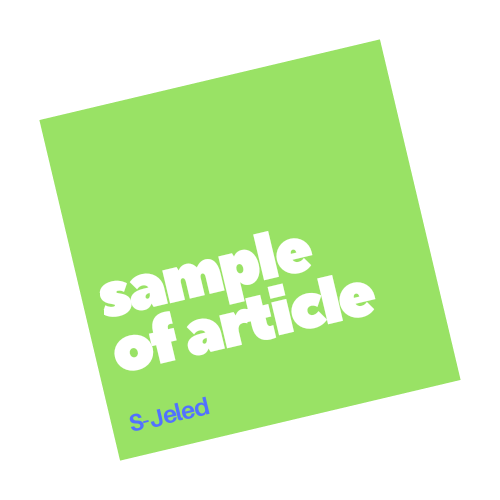AN ERROR ANALYSIS ON PRONUNCIATION OF ENGLISH VOICELESS PLOSIVE CONSONANTS [P], [T], [K] PRODUCED BY THE SECOND SEMESTER STUDENTS OF ENGLISH DEPARTMENT OF MUHAMMADIYAH UNIVERSITY OF PURWOREJO IN THE ACADEMIC YEAR OF 2012/201
Abstract
The aim of this research to find out the dominant errors made by the students in pronouncing the words containing English voiceless plosive consonants [p], [t], [k]. The type of this research is descriptive qualitative research. To collect the data, the researcher did pronunciation test, the test items consist of 24 sentences containing English voiceless plosive consonants. The students’ pronunciation were transcribed into phonetic transcription and then analyzed. The test was given to 30 students of the second semester students of English Department of Muhammadiyah University of Purworejo in the academic year of 2012/2013. The result shows that the students made 64.53% errors out of the English voiceless plosive consonants in stressed syllables and 35.47% errors out of the English voiceless plosive consonants in unstressed syllables. From the categories of interpretation, the students are “good” in pronouncing English voiceless plosive consonants [p], [t], and [k] in unstressed syllables but the students are “fair” in pronouncing English voiceless plosive consonants [p], [t], and [k] in stressed syllables. It means that the dominant errors occurred in the first category, that is English voiceless plosive consonants [p], [t], and [k] in stressed syllables.
Keywords: Pronunciation, Error, Consonants, Stressed syllables, Unstressed syllables.
Full Text:
XMLDOI: https://doi.org/10.37729/s-jeled.v1i3.1412
Refbacks
- There are currently no refbacks.
Scripta
ISSN. 2302-6677
Publisher: Department of English Language Education, Universitas Muhammadiyah Purworejo, Jl. KH. Ahmad Dahlan 3 & 6 Purworejo 54111, Jawa Tengah, Indonesia, E-mail:pbiumpwr20@gmail.com, Telp: 0275-321494
Indexed Abstract:

Ciptaan disebarluaskan di bawah Lisensi Creative Commons Atribusi-BerbagiSerupa 4.0 Internasional.



